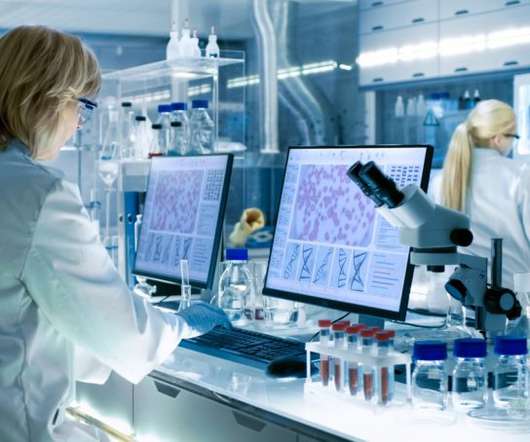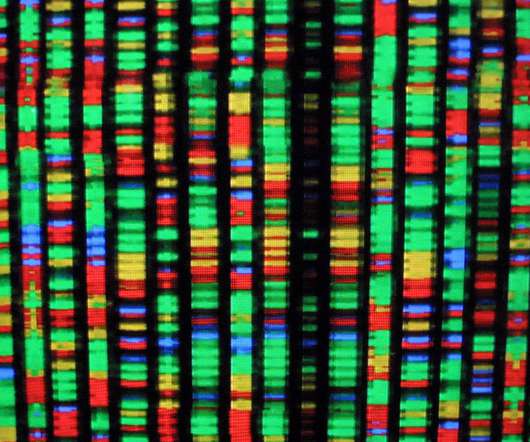Radar Trends to Watch: October 2023
O'Reilly Media - Ideas
OCTOBER 3, 2023
Also on the legal front: Hashicorp’s switch to a non-open source license has led the OpenTF foundation to build OpenTofu, a fork of Hashicorp’s Terraform product. Meta has released an open source dataset named FACET for testing AI models. Hardware Humanity’s oldest writing is preserved on ceramics.















Let's personalize your content